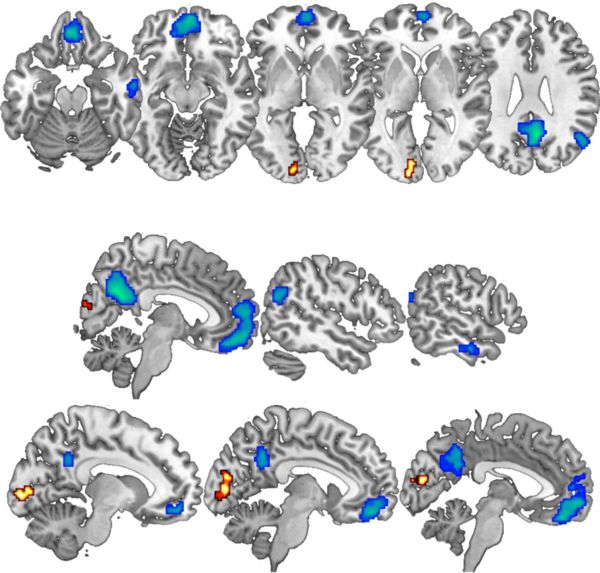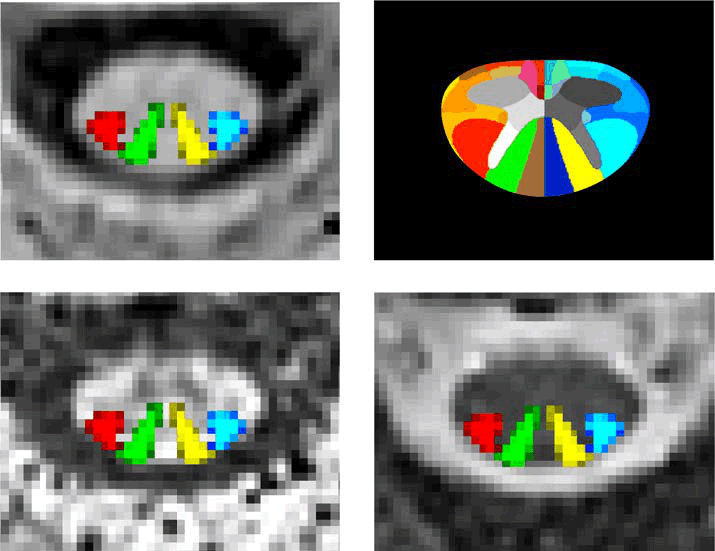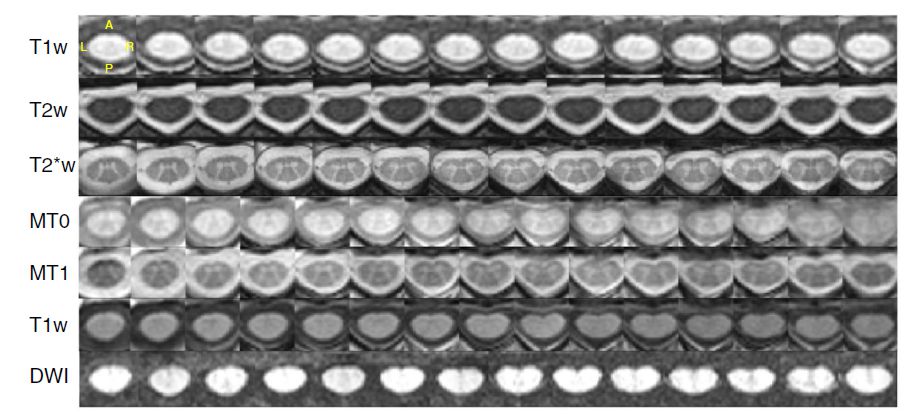Alice Teghil, Alessia Bonavita, Federica Procida, Federico Giove and Maddalena Boccia.
Temporal organization of episodic and experience-near semantic autobiographical memories: neural correlates and context-dependent connectivity. Journal of Cognitive Neuroscience, 2022.
Abstract Autobiographical memory includes a representation of personal life events with a unique spatiotemporal context (episodic autobiographical memory) and factual self-knowledge (personal semantics). Whereas "experience-far" personal semantics have undergone complete abstraction, "experience-near" personal semantics are still linked to a spatiotemporal context. The representation of one's own past involves an autobiographical knowledge base, in the form of a personal timeline, along which autobiographical information is temporally organized into different lifetime periods. Commonalities and differences between brain networks supporting this temporal organization for autobiographical information with different contextual specificity, however, have not been investigated to date. Here, we used task-based fMRI to assess neural substrates of temporal ordering along the personal timeline for real autobiographical episodic and experience-near personal semantic memories. Within a distributed network, the left calcarine cortex was more strongly activated for episodic autobiographical memory than personal semantics, whereas the left ventromedial pFC and right posterior cingulate cortex (PCC), angular gyrus (AG), and anterior middle temporal gyrus (aMTG) showed stronger activation for personal semantics than episodic autobiographical memory. Findings were confirmed by analyses in independently derived ROIs. Generalized psychophysiological interaction analyses between the same regions showed that, during personal semantics compared with episodic autobiographical memory, memory category modulated activity in the left PCC and right PCC, AG, and aMTG. Findings provide insights on how personal events and facts are represented in the timescale of years, suggesting that the temporal organization of autobiographical memory exploits properties of situation models developed within posteromedial, lateral parietal, and medial prefrontal regions.
DOIJulien Cohen-Adad et al.
Open-access quantitative MRI data of the spinal cord and reproducibility across participants, sites and manufacturers.. Scientific data 8:219, 2021.
Abstract In a companion paper by Cohen-Adad et al. we introduce the spine generic quantitative MRI protocol that provides valuable metrics for assessing spinal cord macrostructural and microstructural integrity. This protocol was used to acquire a single subject dataset across 19 centers and a multi-subject dataset across 42 centers (for a total of 260 participants), spanning the three main MRI manufacturers: GE, Philips and Siemens. Both datasets are publicly available via git-annex. Data were analysed using the Spinal Cord Toolbox to produce normative values as well as inter/intra-site and inter/intra-manufacturer statistics. Reproducibility for the spine generic protocol was high across sites and manufacturers, with an average inter-site coefficient of variation of less than 5% for all the metrics. Full documentation and results can be found at https://spine-generic.rtfd.io/. The datasets and analysis pipeline will help pave the way towards accessible and reproducible quantitative MRI in the spinal cord.
DOIJulien Cohen-Adad et al.
Generic acquisition protocol for quantitative MRI of the spinal cord.. Nature protocols 16:4611–4632, 2021.
Abstract Quantitative spinal cord (SC) magnetic resonance imaging (MRI) presents many challenges, including a lack of standardized imaging protocols. Here we present a prospectively harmonized quantitative MRI protocol, which we refer to as the spine generic protocol, for users of 3T MRI systems from the three main manufacturers: GE, Philips and Siemens. The protocol provides guidance for assessing SC macrostructural and microstructural integrity: T1-weighted and T2-weighted imaging for SC cross-sectional area computation, multi-echo gradient echo for gray matter cross-sectional area, and magnetization transfer and diffusion weighted imaging for assessing white matter microstructure. In a companion paper from the same authors, the spine generic protocol was used to acquire data across 42 centers in 260 healthy subjects. The key details of the spine generic protocol are also available in an open-access document that can be found at https://github.com/spine-generic/protocols . The protocol will serve as a starting point for researchers and clinicians implementing new SC imaging initiatives so that, in the future, inclusion of the SC in neuroimaging protocols will be more common. The protocol could be implemented by any trained MR technician or by a researcher/clinician familiar with MRI acquisition.
DOI
PAMINA Login
Temporal organization of episodic and experience-near semantic autobiographical memories: neural correlates and context-dependent connectivity
26 Oct 2022
Autobiographical memory includes a representation of personal life events with a unique spatiotemporal context (episodic autobiographical memory) and factual...
Read MoreGeneric acquisition protocol for quantitative MRI of the spinal cord
21 Sep 2021
Quantitative spinal cord (SC) magnetic resonance imaging (MRI) presents many challenges, including a lack of standardized imaging protocols. Here we present a...
Read MoreOpen-access quantitative MRI data of the spinal cord and reproducibility across participants, sites and manufacturers
21 Sep 2021
In a companion paper by Cohen-Adad et al. we introduce the spine generic quantitative MRI protocol that provides valuable metrics for assessing spinal cord...
Read More- Details
- Written by Federico Giove
- Category: PAMINA WEB public
- Hits: 512



